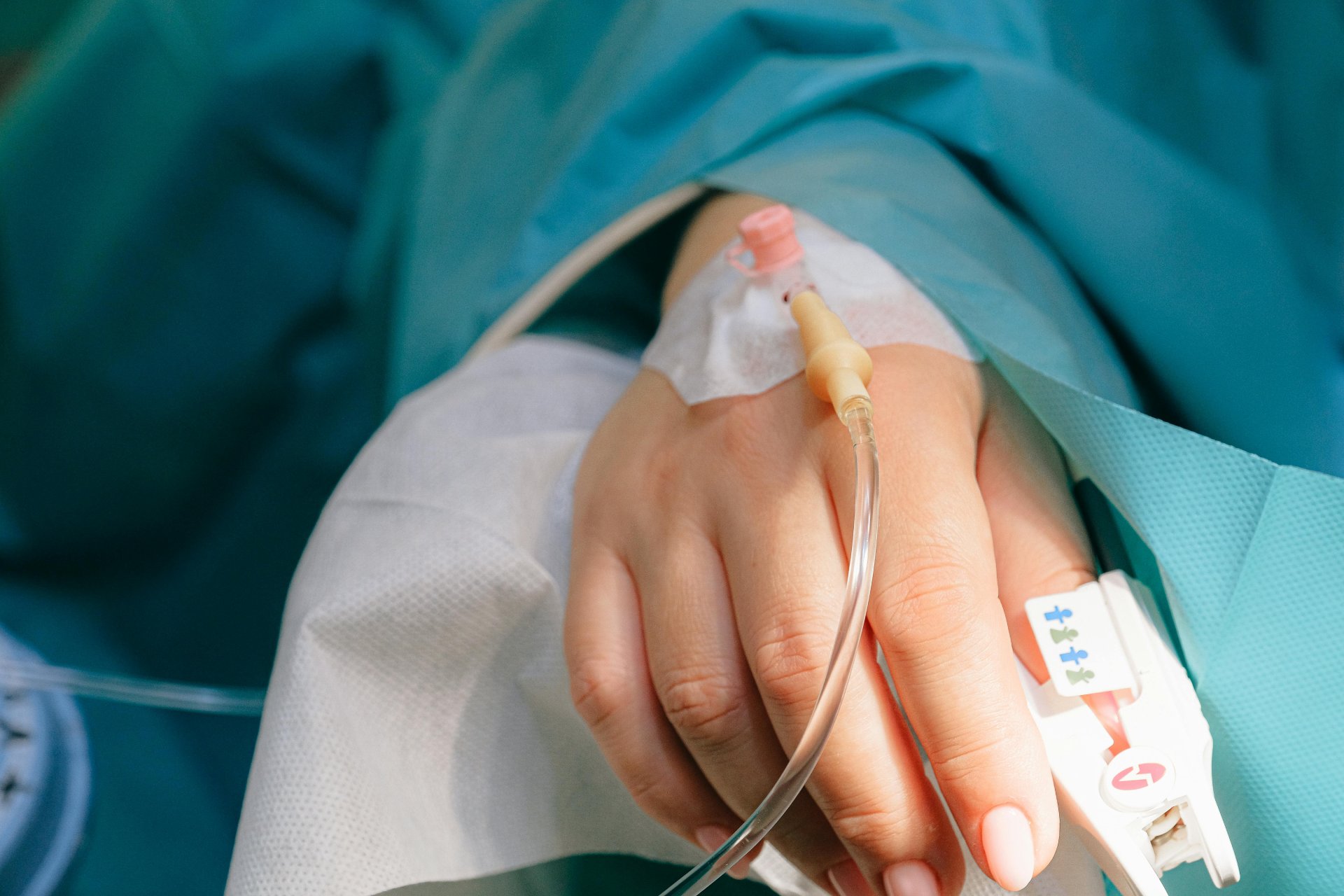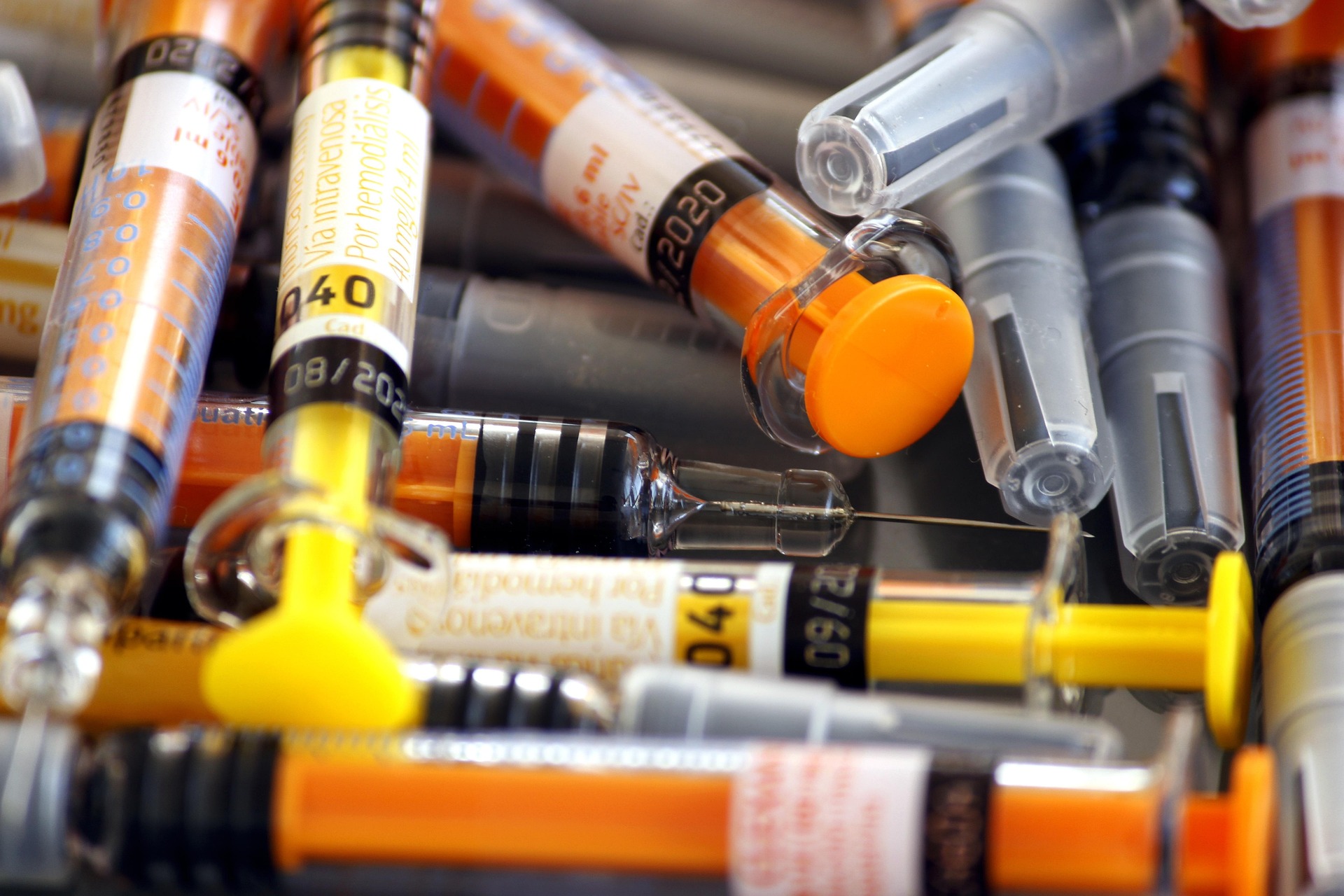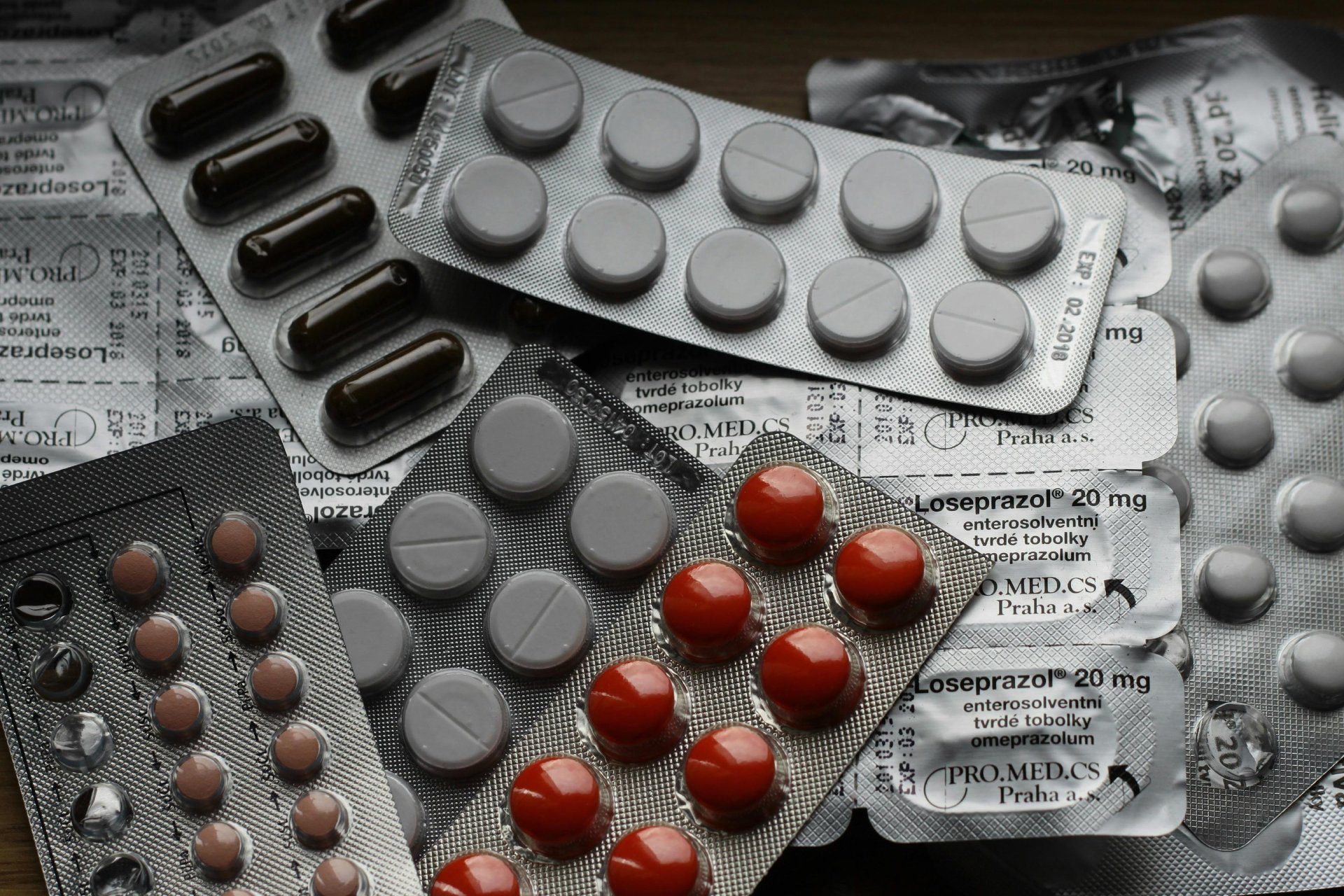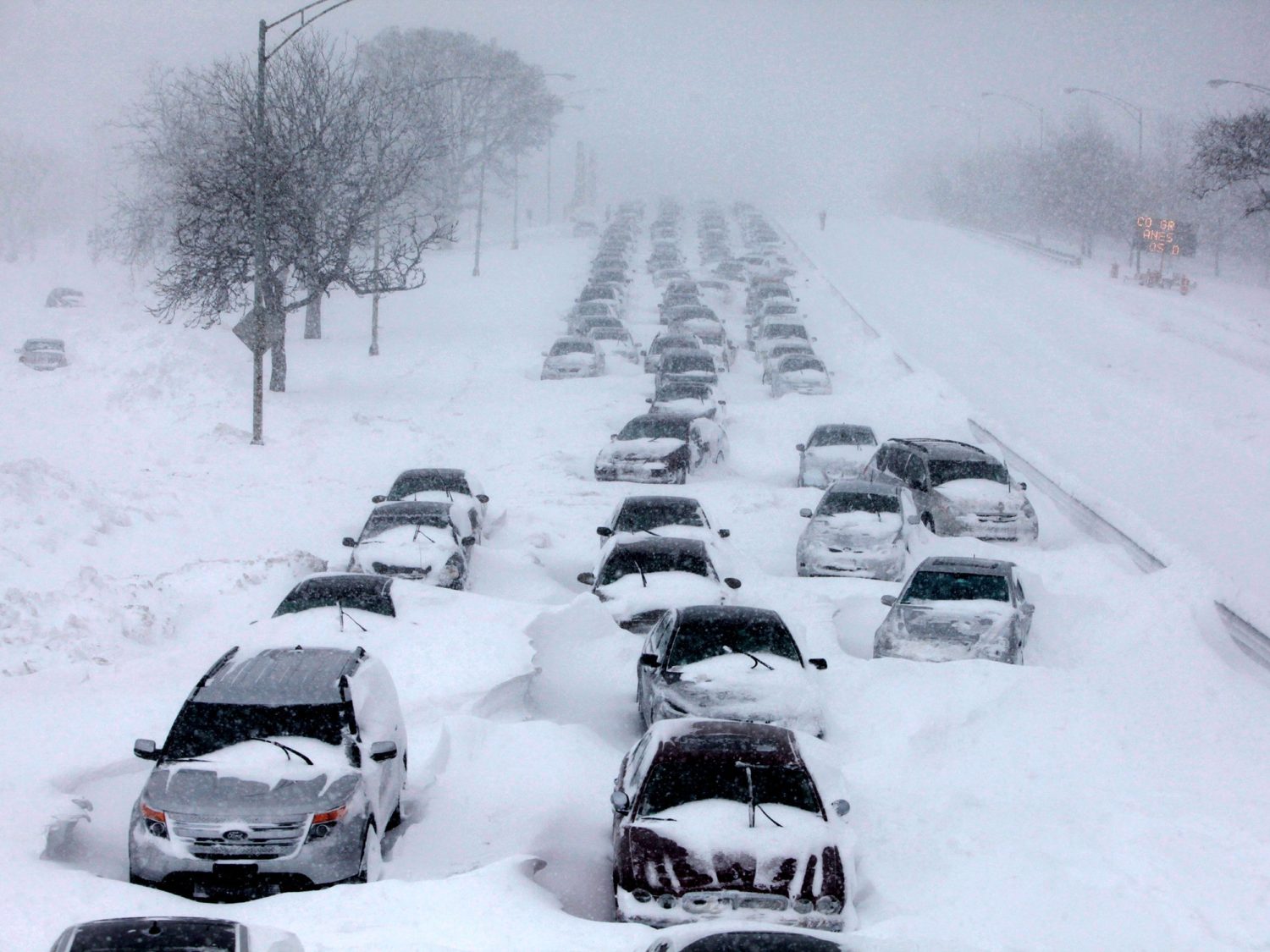Article Summary
- Heat Wave Hazards: Dehydration risks are high in hot, arid, and humid environments.
- Symptoms and Dangers: From mild discomfort to medical emergencies like heat stroke.
- Prevention Basics: Stay hydrated with water and electrolytes, avoid alcohol and caffeine.
- Environmental Considerations: Adjust cooling methods based on humidity and altitude.
- Emergency Response: Seek medical help for severe symptoms; Global Rescue provides evacuation and medical advisory services.
Dehydration can happen everywhere and at any time. It occurs when you use or lose more fluid than you take in, and your body doesn’t have enough water and other fluids to perform normal functions. It can be cold, hot, dry or humid. How you prepare to prevent dehydration and respond to its symptom, can save you from moderate, recoverable discomfort to a severe medical emergency, even death.
Heat Wave? It Can Happen Anywhere
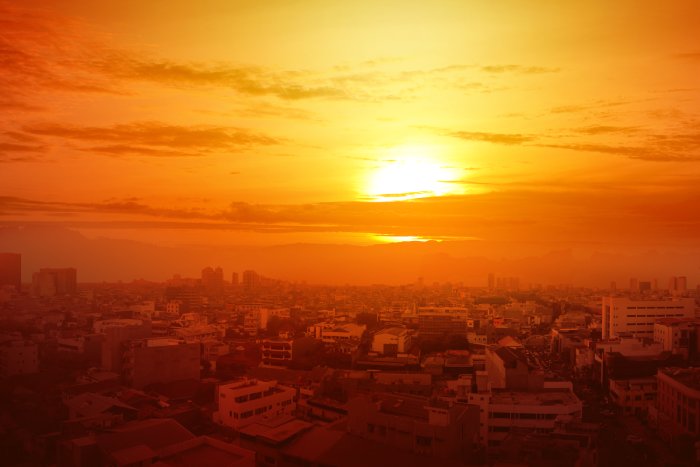
Hot, arid places are obvious places where dehydration is a risk. Dry, hot environments are common dehydration conditions due to the body’s natural response to sweat to cool down.
Sweating leads to significant fluid loss, quickly depleting the body’s water reserves if not adequately replenished. In arid environments with low humidity, sweat evaporates more rapidly from the skin, making it harder for the body to cool down efficiently. This can lead to increased sweating and further fluid loss.
Case in point, a member traveling to Melfi, Chad, started to exhibit signs and symptoms of worsening dehydration with altered levels of consciousness when he contacted Global Rescue and ended up needing a medical evacuation.
Hot and Humid Environments
Hot and humid places are likely regions for dehydration, too. High temperatures and humidity can lead to excessive sweating and fluid loss, increasing the risk of dehydration.
The challenge in a humid environment is that the air is already full of water. “People mistakenly spray water to cool themselves, and many use a fan, too,” said Jeff Weinstein, a medical operations manager at Global Rescue. “Unfortunately, spraying and fanning prevents the water from evaporating as easily from one’s skin. Additionally, the heavy humid air makes it harder to move air. Fanning is more difficult and slower due to the density of that air. In arid environments the air is dry, has more room to pick up water, and is easily moved by fanning,” he said.
Dehydration at High Altitudes
High altitudes are a risk for dehydration, too, even when it’s cold. Dehydration can occur more rapidly at higher altitudes due to increased respiratory rate and the potential for increased fluid loss. This happened to a Global Rescue member who needed a long-line rescue from Mount Everest due to shortness of breath, severe dehydration, an inability to speak, general body weakness and dizziness as he approached Mount Everest Camp 3 (23,950 feet/7,300 meters).
Other Heat Wave Causes, Risks To Know
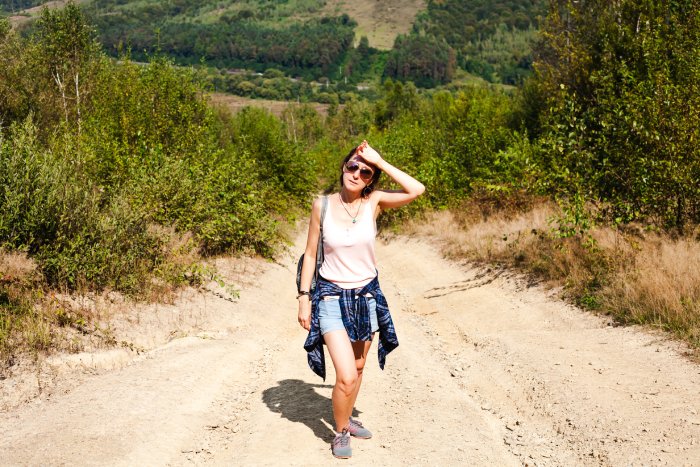
It’s a common misconception that you are only at risk for heat emergencies in hot environments during the hottest time of day. The fact is that any time you are out and about in hot regions, you’re at risk if you don’t properly mitigate the dangers.
Beyond dehydration, there are other heat-related injuries, such as heat cramps, heat exhaustion, heat stroke and sunburn. “All of these conditions can turn into an emergency if immediate corrective action and treatment isn’t rendered, especially in remote environments,” Weinstein said.
The top 10 causes of dehydration beyond hot temperatures, high altitudes and arid or humid air – things people cannot control – are activities and behaviors individuals can control:
- Not drinking enough water throughout the day
- Excessive sweating during physical activity
- Diarrhea and vomiting
- Alcohol consumption
- High caffeine intake
- Certain medications that can lead to increased urination
- Diabetes
- Fever
- Aging, as the sensation of thirst may decrease
- Inadequate intake of fruits and vegetables with high water content
3 Ways to Prevent Dehydration During a Heat Wave
Water is the most important for hydration, but it’s not the only thing. Replenishing electrolytes is also crucial when in extreme heat or during physical activity, but water is the priority.
“You don’t just need to drink water when you are dehydrated; you need to replace your electrolytes,” Weinstein said.
Consuming electrolyte powders or tablets as part of your rehydration practices is ideal. Harding Bush, associate director of operations at Global Rescue, recommends packing electrolyte powder. “The powder is lighter than bringing an electrolyte beverage and easy to add to your filtered water,” he said. Choose an electrolyte solution that is not extremely high in sugar content.
Additional prevention methods include:
- Consuming water-rich fruits and vegetables: Foods like watermelon, cucumbers, and oranges can help replenish fluids and electrolytes.
- Avoiding alcohol and caffeine: These beverages can exacerbate dehydration, so it’s best to avoid them until you are properly hydrated.
- Tone down the physical activity based on conditions: Rest and cool down if dehydration is due to physical exertion, rest in a cool environment to help the body recover.
[Related Reading: How To Stay Hydrated]
Important Tips for Traveling During a Heat Wave
Travelers should ensure they bring enough water to hydrate effectively and account for delays in their itinerary. “Remember to hydrate before embarking into the heat,” Weinstein said.
Travelers need to understand their environment and tailor cooling methods accordingly. There are two types of cooling methods: convection and conduction. Individuals should base their cooling method on the density and the concentration of water in the air of humid or arid environments.
“Two factors are at play here. When you spray someone with water and fan them you are essentially recreating how sweat works, and trying to expedite the process,” Weinstein explained. “In humid conditions, cooling through convection — spraying water and fanning — is less effective than conduction — placing cool objects or water directly on the skin, typically at arterial points or joints,” he said. “The opposite applies to arid environments.”

How Should You Cool Yourself Down?
The objects to cool off can be anything cooler than the environment. Ice is ideal, but not readily available in the outdoors or austere environments. Ice packs are another option, but not something many people will have with them, either.
“Putting cold water on a towel or shirt and placing it over the forehead or back of the neck is the most realistic option,” Weinstein said. “When applying ice, individuals should place a barrier between the ice and their skin, such as a thin washcloth or shirt. Ice can be applied in staggered increments and locations.”
Call Global Rescue
Remember, severe dehydration may require medical attention, so it’s essential to seek help if symptoms are severe or persistent. “If you show any signs of possible heat injury or illness, start cooling and rehydration procedures and remove yourself from that environment ASAP,” Weinstein advised.
Ensure you are protecting yourself from the sun. Sunscreen, shelter, and appropriate clothing all play a factor here. Travel with sunscreen and electrolyte tabs.
“If going remote consider bringing extra equipment such as a satellite phone or SOS device, water collection bags, means to purify water, emergency shelter and navigation equipment,” he said.
Remember, a Global Rescue travel protection membership evacuates members from the point of illness or injury to the nearest appropriate hospital, clinic or medical provider. Sometimes you have a question about symptoms, like dehydration, a heat injury or sun exposure. Medical advisory services are included with every Global Rescue travel protection services membership.
Medical advisory services provide medical advice to travelers to decrease environmental risks and increase injury prevention during travel. Global Rescue’s medical advisory service is available to answer questions and provide guidance for members’ concerns.
“Our team of medical professionals includes paramedics, nurses and doctors. We handle calls for cuts and stomach upsets to more severe illnesses and injuries, like chest pains and serious trauma,” said Michael Lovely, operations supervisor at Global Rescue.




